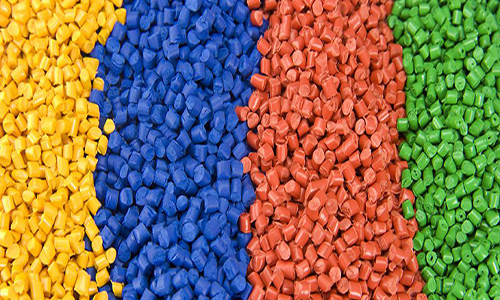The world is grappling with a severe crisis in managing plastic waste due to its extensive use, leading to pollution in landfills, oceans, and other environments. This has profound implications for human health and the environment, as plastics degrade slowly and release harmful chemicals into soil and water. Sustainable solutions prioritizing reuse, recycling, and minimization are crucial to mitigate this crisis. The EU's Plastics Strategy aims to make all plastic packaging recyclable or reusable by 2030, addressing this pressing issue. Mechanical recycling has emerged as a significant solution, involving the breakdown of post-consumer plastic materials into smaller particles and melting them down for reuse. Despite its benefits such as producing higher-quality materials and reducing energy consumption, mechanical recycling faces challenges like limited recyclable plastic types and difficulty in achieving high-quality outputs. The rise in electronic waste (WEEE), particularly from materials like polystyrene (PS) and acrylonitrile butadiene styrene copolymer (ABS), further complicates recycling efforts. Styrenic thermoplastic elastomers (TPE-S) show promise as modifiers for recycled plastics, enhancing impact resistance for critical applications. Experimental investigations focus on blends of recycled polystyrene and acrylonitrile butadiene styrene copolymer with TPE-S to evaluate their performance. The experimental section details the materials used and the preparation of blends, including the extrusion process. Characterization methods such as melt flow index, flexural modulus, Izod impact strength, rheological properties, and SEM analysis are employed to assess blend properties. Results and discussions delve into the specific findings for recycled polystyrene (rPS) and recycled acrylonitrile styrene butadiene copolymer (rABS) blends with TPE-S modifiers. These include observations on melt flow index, flexural modulus, Izod impact strength, and SEM analysis, indicating the influence of TPE-S on blend properties. Conclusions highlight the potential of TPE-S to improve the impact resistance of mechanically recycled plastics like rPS and rABS, making them more suitable for various applications. TPE-S also enhances the processability of these recycled plastics, offering opportunities for the development of more sustainable materials. This article is an edited and abridged version of source material provided by Luis Rodriguez-Guadarrama, Beatriz Lastra-Barreira and Juan Marcos-Yubero, Dynasol Group.
